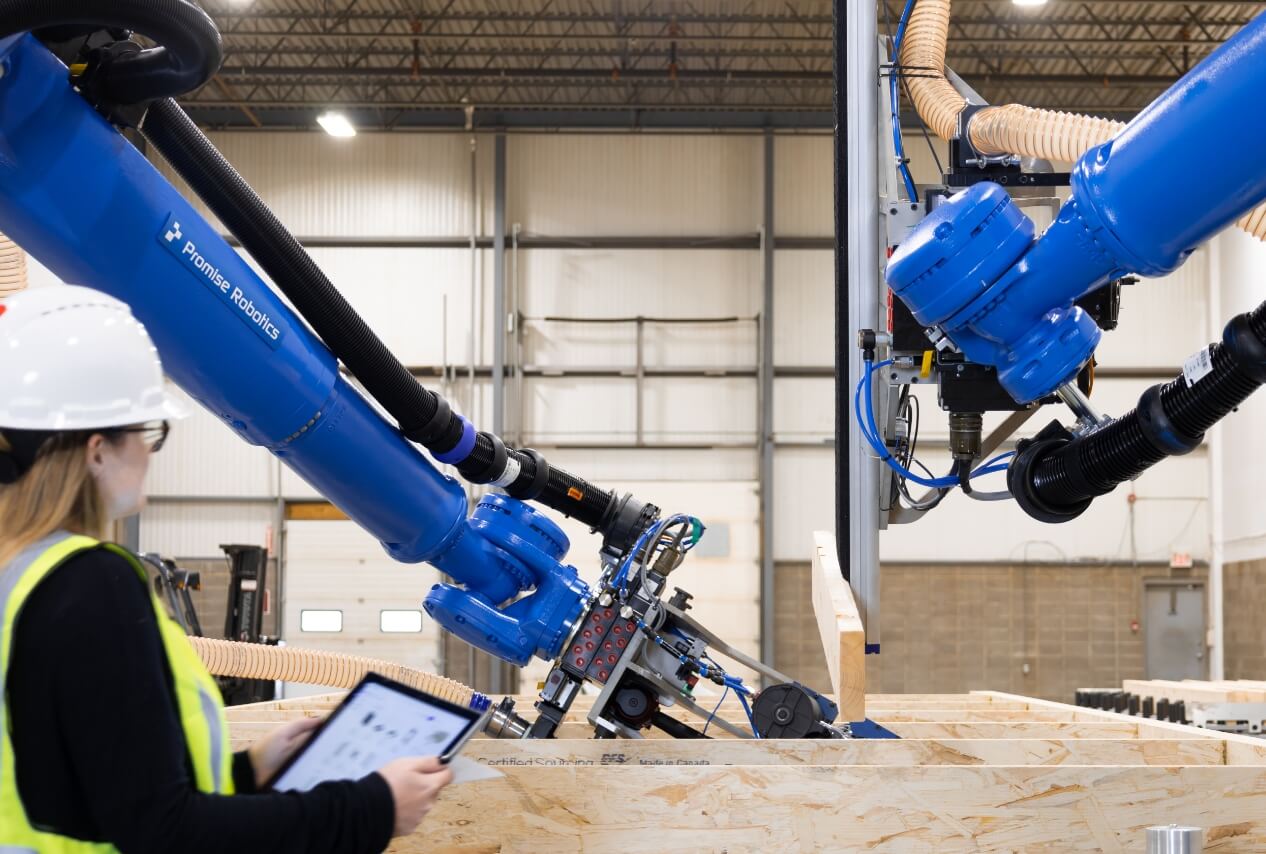In a significant leap forward for drone technology, engineers at Beihang University and the Center of Advanced Aero-Engine in China have successfully developed a micro-aerial vehicle (MAV) capable of sustained flight using only direct sunlight. This breakthrough, reported in the prestigious journal Nature, could revolutionize high-altitude surveillance and potentially reshape the landscape of aerial reconnaissance.
The development of solar-powered drones that can remain airborne indefinitely has long been a goal for researchers and military strategists alike. Such drones, operating at high altitudes but below satellite orbits, could provide continuous surveillance capabilities while being nearly impossible to detect or neutralize. However, several technological hurdles have previously hindered the realization of this concept.
Conventional micro-aerial vehicles face significant limitations in flight duration, with most being restricted to around 30 minutes of operation. The smallest category, known as ultralight MAVs, can typically sustain flight for only about 10 minutes. These constraints stem from the use of electromagnetic motors powered by solar panels, where the diminishing size of the drone correspondingly reduces the available surface area for solar energy collection. Additionally, the efficiency of electromagnetic motors decreases as they are scaled down.
The Chinese research team, led by engineers at Beihang University, has made a crucial breakthrough by developing an innovative propulsion system that overcomes these limitations. At the heart of their design is an electrostatic motor that powers a rotor using electrostatic fields, a radical departure from traditional electromagnetic motors. This novel approach has enabled the team to construct an incredibly lightweight motor, weighing just 1.52 grams.
The ingenious design of the motor involves a circle of electrode plates nested around a spinning cylinder that hosts 64 rotor slats. As the cylinder spins, the edges of the plates brush against the rotor slats, generating the necessary propulsion. The rest of the drone's structure is elegantly simple, consisting of two solar cells positioned below the motor, connected by a spanner, and a helicopter-type rotor above the motor, attached via a thin axis.
The operation of this solar-powered MAV is remarkably straightforward yet effective. When exposed to sunlight, the solar cells generate power that spins the electrostatic motor. This, in turn, drives the upper rotor, which provides the lift necessary to elevate the drone and keep it airborne. In initial tests, the team's prototype demonstrated the ability to sustain flight for at least an hour, a significant improvement over existing ultralight MAVs.
This achievement represents a major step forward in the field of micro-aerial vehicles and solar-powered flight. The ability to maintain prolonged flight using only solar power opens up a wide range of potential applications, particularly in the realm of surveillance and reconnaissance. High-altitude, long-endurance drones based on this technology could provide persistent observation capabilities for both civilian and military purposes, operating in a manner similar to satellites but at much lower altitudes and with greater flexibility.
The implications of this technology are far-reaching. In addition to surveillance applications, such solar-powered MAVs could be invaluable for environmental monitoring, weather observation, and communications relay in remote or disaster-stricken areas. The near-invisibility of these tiny drones also raises intriguing possibilities for covert operations and intelligence gathering.
However, the development of this technology also brings forth important ethical and security considerations. The potential for undetectable, perpetually airborne surveillance platforms could have significant implications for privacy rights and international security dynamics. As with many technological advancements, the beneficial applications of this innovation must be carefully balanced against potential misuse.
The research team at Beihang University is not resting on their laurels. They have indicated plans to continue refining their design, with a focus on improving the durability of the MAV and increasing its payload capacity. These enhancements could further expand the potential applications of the technology, possibly allowing for the integration of more sophisticated sensors or communication equipment.
As this technology matures, it could mark the beginning of a new era in aerial surveillance and reconnaissance. The ability to deploy small, undetectable, and perpetually operational drones could fundamentally alter strategies in fields ranging from environmental science to national security. While challenges remain, particularly in terms of durability and payload capacity, the successful demonstration of this solar-powered MAV represents a significant milestone in the ongoing evolution of drone technology.
The global scientific community will undoubtedly watch with keen interest as this Chinese innovation continues to develop, potentially spurring further advancements in the field of micro-aerial vehicles and solar-powered flight technologies worldwide.


















